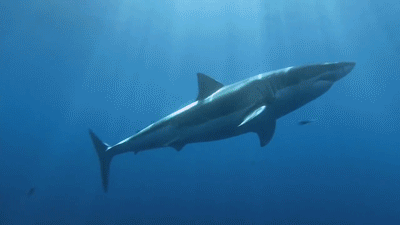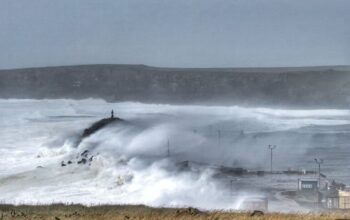The great white shark population is increasing off California coast and researchers say it’s a good thing
The following written content is from two sources see below

Scientists say the population increase does not mean we will see more attacks.
The number of great white sharks is increasing off the California coast, according to researchers, and they say this is a good thing.
They have spent close to 20 years studying the elusive ocean predators from Santa Cruz, up to Tomales Point in Marin County, all the way to the Farallon Islands.
Various environmental actions to protect the creatures appear to be working.
“It’s real indicative that the ecosystems we have here are healthy,” Oregon State University Professor Taylor Chapple said. “It’s healthy enough to support, they’re healthy enough to support this population of, this stable population of really big large apex predators.”
Each shark has a unique dorsal fin which makes them easier to track. Read more from ABC
The great white shark population off the California coastline is increasing.
In a recent study published in the journal Biological Conservation, researchers from Stanford University, the Monterey Bay Aquarium and Oregon State University’s Hatfield Marine Science Center found that between 2011 and 2018 great white shark numbers in the area had notably risen.
Over a period of more than 2,500 hours of observation at three sites – Southeast Farallon Island, Año Nuevo Island and Tomales Point – scientists identified nearly 300 adult and sub-adult individual great whites.
Comparatively, a 2011 three-year study found just 219 sharks, suggesting the shift.
Although the group found both male and female sharks, the estimate of the adult female population showed just around 60 in the region.
Underwater video recordings and photographs helped to collect the data and a seal decoy was used to lure the apex predators.
“The finding, a result of eight years of photographing and identifying individual sharks in the group, is an important indicator of the overall health of the marine environment in which the sharks live,” study co-author Taylor Chapple of the OSU Coastal Oregon Marine Experiment Station said in a statement. Read more from Fox





